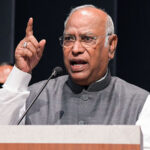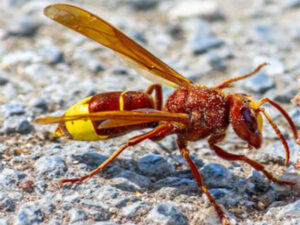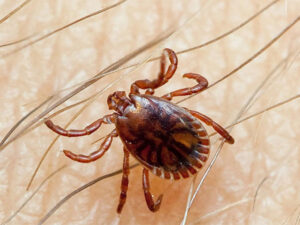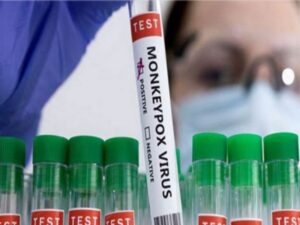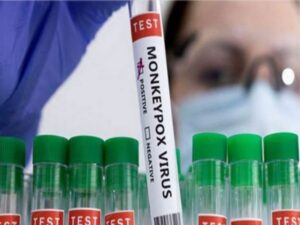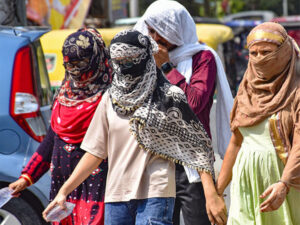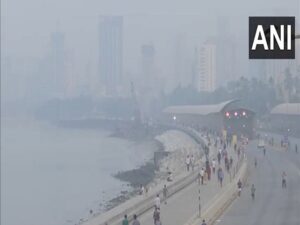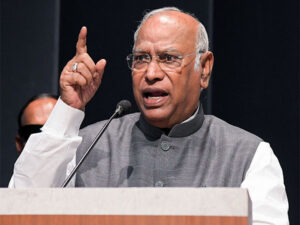
New Delhi [India], July 26 (ANI): After monkeypox was declared a global health emergency by the World Health Organization, concerns have emerged about sexual behaviour considering that the virus can be spread through close contact of any kind, including through kissing, touching, oral and penetrative vaginal or anal sex with someone who has the symptoms.
Rashes, body fluids (such as fluids, pus, or blood from skin lesions), and scabs are particularly infectious, according to the WHO. Ulcers, lesions or sores can also be infectious since the virus can be spread through saliva. Contact with objects that have been in contact with the infected person – such as clothing, bedding, towels – or objects such as eating utensils could also be a source of infection. Considering the spread through physical contact, there were concerns on whether the physically transmitted disease could affect their sexual lives.
People who have the disease are contagious while they have symptoms (usually within the first two to four weeks). It is not clear whether or not people who are asymptomatic can transmit the disease. Dr Dhiren Gupta, Intensivist and Senior Consultant at Sir Ganga Ram Hospital said, “Monkeypox spread gets amplified during sexual contact. This contact can happen during intimate contact including. oral, anal and vaginal sex or touching the genitals (penis, testicles, labia, and vagina) or anus (butthole) of a person with monkeypox.
Hugging, massages and kissing as well as prolonged face-to-face contact could also lead to contraction of the virus, said Dr Gupta. A person can also contract the disease if he touches fabrics and objects during sex that were used by a person with monkeypox and that have not been disinfected, such as bedding, towels, and sex toys. Having multiple or anonymous sex partners may increase your chances of exposure to monkeypox. Limiting your number of sex partners, says the expert, may reduce the possibility of exposure.
Science is trying to better understand if the virus could be present in semen, vaginal fluids, or other body fluids. Dr Manoj Sharma, Director, Senior Consultant Internal Medicine. Fortis Hospital Vasant Kunj, said, “Monkeypox spreads through close intimate contact during intercourse. It can spread through oral, vaginal, and anal sex including touching the genitals of an infected person.
Would using a condom help?
“It can spread by hugging, kissing or coming in contact with bedding, clothes or objects used by an infected person so barrier methods like using a condom may not be effective” Dr Sharma added. Dr Deepali Bhardwaj, Sr Dermatologist said, “Monkeypox can spread by sex, the touch of all sorts hence strict isolation is the key. It’s time to be cautious again and more hygienic of course. It’s the duty of us citizens to ensure that the system collapse and a similar situation doesn’t arise. Strict mask, hand hygiene, social distancing must be maintained and in early symptoms reach out to a doctor as soon as possible should be done besides enhancing immunity in general.”
How can stigma related to same-sex behaviour during the outbreak be avoided?
Messages that stigmatize certain groups of people around this outbreak have been circulating: the WHO has made it clear that this is unacceptable. Anyone who has close physical contact of any kind with someone with Monkeypox is at risk, regardless of who they are, what they do, who they choose to have sex with or any other factor. The WHO points out that it is inadmissible to stigmatize people because of a disease. Anyone who has been infected, or who is helping care for people who are unwell, should be supported: stigma is likely to only make things worse and slow efforts to end the outbreak.
As per a WHO report, the rashes can also resemble some sexually transmitted diseases, such as herpes and syphilis. This may explain why several of the cases in the current outbreak have been identified among men seeking care at sexual health clinics. The risk of becoming infected is not limited to sexually active people or men who have sex with men. Anyone who has close physical contact with someone who is contagious is at risk. (ANI)
How to protect yourself against Monkeypox as cases grow
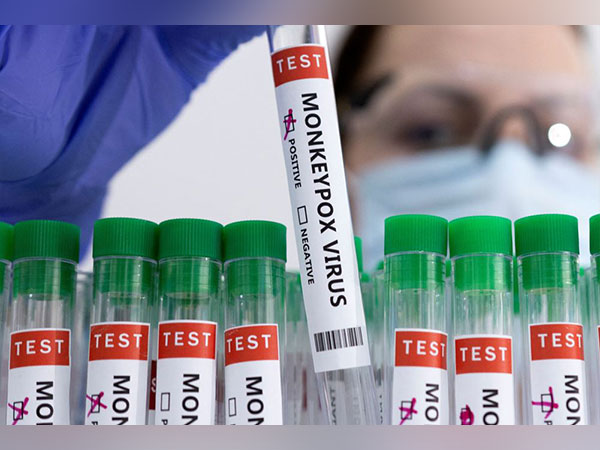
New Delhi [India], July 27 (ANI): As monkeypox cases are rising in the country, concerns about how to keep ourselves protected from this viral zoonotic infection is increasing. Notably, the national capital reported its first case of monkeypox in a 31-year-old man with no travel history, on Sunday, making it the fourth case in India.
The first case of the virus originated in the country on July 14 after a UAE traveller returned to Kerala. While the second case of monkeypox was reported in Kerala’s Kannur on July 18, on July 22 India reported its third case in Kerala’s Malappuram district. Monkeypox was declared a global health emergency by the World Health Organization (WHO) last week.
With the cases spreading from one state to another, a wave of fear amongst citizens could be seen. However, with the necessary precautions, the infection can be kept at bay. Here are some ways recommended by the United Nations to protect ourselves from the virus.
– By limiting contact with people who suspect they have the disease or are confirmed cases.
– Those who live with infected people should encourage them to self-isolate and, if possible, cover any breaks in the skin (for example, by wearing clothing over the rash).
– It is important to wear a face mask when in close proximity to the infected person, especially if they are coughing or have mouth sores, and when touching the clothing or bedding of an infected person. Avoid skin-to-skin contact by wearing disposable gloves.
– Wash your hands frequently with soap and water or use an alcohol-based hand sanitiser, especially after coming into contact with the infected person, with their clothing (including sheets and towels), or touching other items or surfaces (such as utensils or dishes) that may have come into contact with rashes or respiratory secretions.
– Clean and disinfect any contaminated surfaces and dispose of contaminated waste (such as dressings) properly, and wash the infected person’s clothing, towels, sheets, and eating utensils with warm water and detergent.
– Seeking medical attention immediately after noticing any symptoms or getting rashes.
Monkeypox can spread from person to person contact and also from animal to person contact. In the case of humans, coming through face-to-face, skin-to-skin, mouth-to-mouth or mouth-to-skin contact, with another infected person can lead to monkeypox.
The government of India has also issued guidelines regarding the monkeypox disease.
The guidelines stress the “surveillance and rapid identification of new cases as the key public health measures for outbreak containment, mandating the need to reduce the risk of human-to-human transmission. It explains the Infection Prevention and Control (IPC) measures, IPC at home, patient isolation and ambulance transfer strategies, additional precautions that need to be taken care of and duration of isolation procedures.”
In addition, “contacts should be monitored at least daily for the onset of signs/symptoms for a period of 21 days (as per case definition) from the last contact with a patient or their contaminated materials during the infectious period.”
The government guideline also urged people to “raising awareness and educating people about the measures for Monkeypox virus, like avoiding contact with any material of the sick person, isolation of the infected patient from others, practising good hand hygiene and using appropriate personal protective equipment (PPE) when caring for patients. (ANI)


